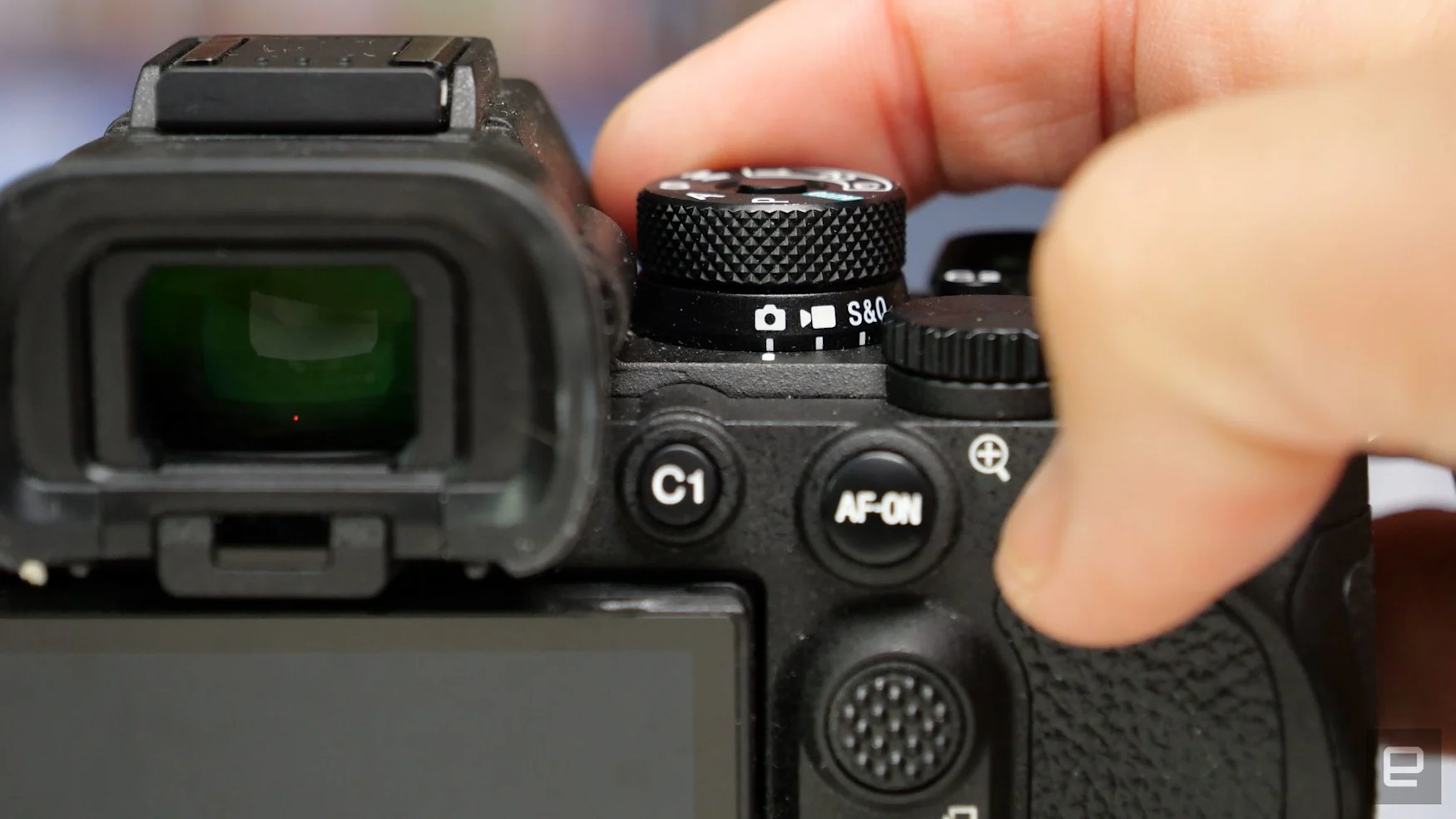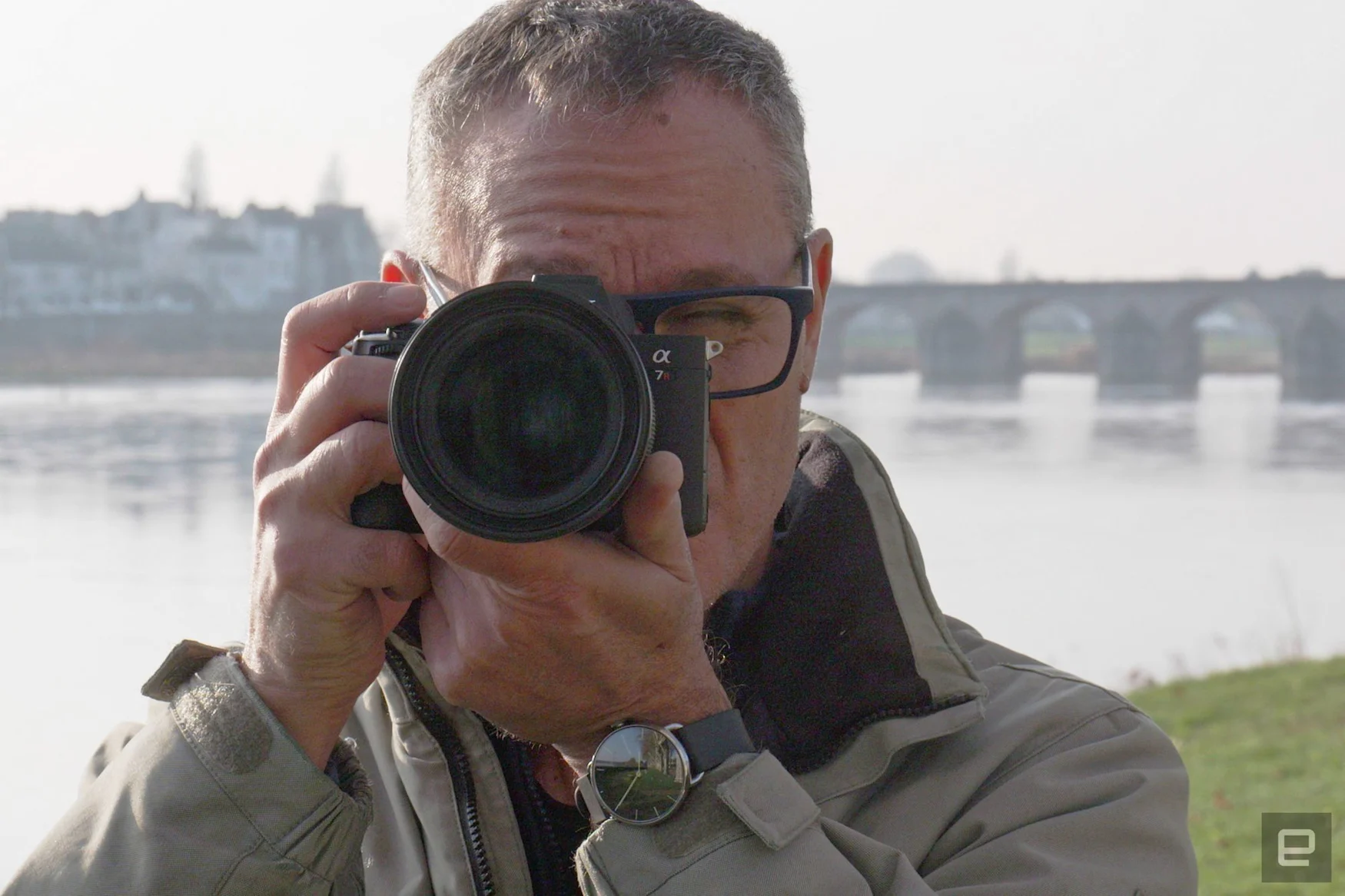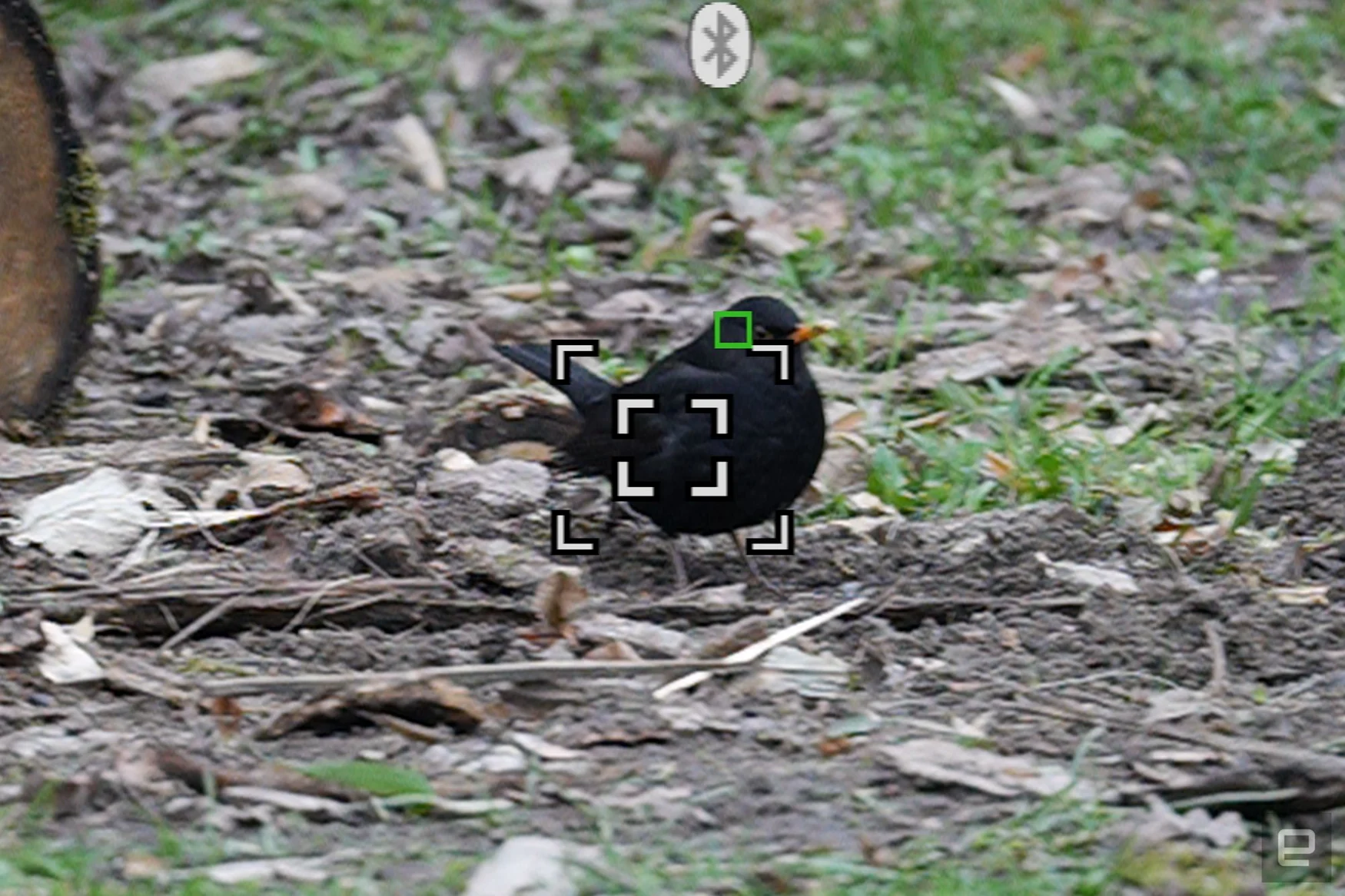[ad_1]
Sony’s full-frame A7R IV was one of the best mirrorless cameras I’ve ever reviewed, so there was a lot of pressure on its successor. The company’s answer is the 61-megapixel A7R Vdesigned to deliver the maximum amount of detail for portrait and landscape photography.
Although it uses the same sensor as the A7R IV, the new model has been improved in almost every other way. The processors have been updated to the same ones found on the 50-megapixel A1, allowing for faster autofocus and AI tracking and better video specs. Sony has also improved the stabilization, the rear display, EVF and more – all for the same $3,900 price as its chief rival, the Canon EOS R5.
Pros
- Superb AI autofocus
- Awesome photo quality
- Powerful in-body stabilization
- Much improved video up to 8K
- Clever rear display
Cons
- Significant rolling shutter
- Full-frame 4K video could be sharper
Sony’s advanced technology has always been its superpower, but rival models from Canon, Panasonic and others have started to catch up. To find out if the A7R V is worth buying over other cameras, and even the last model, I took it out for some detailed testing. Spoiler alert – it’s one impressive camera.
Body and handling
Sony made some changes to the design of its full-frame mirrorless cameras starting with the A7S III, and the A7R V continues in that vein. On top of a slightly bigger grip, it has a number of improvements over the A7R IV, such as a new dedicated selector for video, photos and the slow motion (S&Q) mode.
By taking that function off the mode dial, it’s relatively easy to switch between photos and video, then change modes in each. It’s also possible to share some, all or none of the settings like shutter speed and ISO between photo and video modes using the customization menu. Sony also moved the record button from the back to a better position on top.
Gallery: Sony A7R V camera review | 20 Photos
Gallery: Sony A7R V camera review | 20 Photos
As with other Sony cameras, it’s intuitive and easy to use. Some people may find it uncomfortable to hold all day, though, particularly those with larger hands. That’s because the grip has some hard edges and a material that’s less cushy than Canon’s R5, for example.
A big new innovation on the A7R V is the rear display. Rather than a simple tilt-only screen like before, Sony has come up with a whole new system. It not only flips out, but also tilts – not just upwards like Panasonic’s similar system on the GH6but also down and out as well.
On top of being better for vlogging and selfies, it also lets you move the screen clear of any microphone or monitor cables. It’s also better for photo shooters. Some people prefer a tilting display (for shooting at high and low angles), so the A7R V has the best of both worlds.
The A7R IV already had a very good 5.76-million dot EVF, but Sony made it even better. Resolution on the OLED panel is up to 9.44 million dots, although it drops when you focus or increase the refresh rate to the maximum 120Hz. Still, it’s now close to matching what you’d see in an optical viewfinder.

Steve Dent/Engadget
Like the A1 and A7S III, it has a pair of dual-format card slots. Each one accepts either UHS-II SD or faster, but far more expensive CFexpress Type A cards. The latter are required for 8K video and let you shoot photo bursts longer before the buffer fills.
Since the A7R V is now a much better video camera, Sony has seen fit to swap out the tiny and fragile micro HDMI jack for a full-sized one. Although still not up to pro standards, it offers a relatively secure connection and allows for more robust cables, as micro HDMI models are prone to breaking.
It has the same battery as the A1 and delivers exactly the same number of maximum shots on a charge, 530. That’s under lab conditions, though, and I got about double that in the real world. The USB-C 3.2 Gen 2 port is PD compatible, so you can charge the battery and power the camera at the same time. It also comes with microphone and headphone ports as you’d expect, plus a wired LAN port and the ability to do zoom calls or livestream over USB-C via the UBC webcam standard.
Performance

Steve Dent/Engadget
The A7R V has roughly the same burst speeds as its predecessor, 10fps in both mechanical and electronic modes, shooting C-RAW and JPEG photos. That drops to 7 fps when shooting uncompressed RAW files. While not super quick compared to Sony’s A1 or the Canon EOS R5 (both have stacked sensors), it’s not bad at all for a 61-megapixel camera. You can shoot about 104 C-RAW + JPEG files before the buffer fills, although that takes less than two seconds.
Sony is known for its brilliant autofocus, and the A7R V may be its best camera in this area to date. WIth 693 phase detect focus points (up from 567 on the A7R IV) the regular (non subject tracking) AF is uncannily accurate in all five area modes, delivering a large majority of sharp frames even with fast moving subjects.
Things get even better when you kick in the AI. On top of the excellent face, head and eye tracking, Sony has introduced a new body tracking mode. It works much like 3D motion tracking software used for animation, predicting the position of your head and eyes based on your skeletal structure. If it fails to track the subject’s face, it can also switch to their body and still grab sharp shots.
On top of humans, it can also track people, birds, animals, insects, cars, trains and airplanes. However, you have to select those manually – it would be nice to have an auto mode that lets the AI choose the subject like Canon’s EOS R6 II. It also has a touch-to-track mode that locks onto subjects more accurately than rival models.

Steve Dent/Engadget
In most of these tracking modes, the camera did a good job at focusing on the subject’s eyes. Failing that, it accurately tracked the head or body and still delivered sharp photos. The results were particularly impressive considering the high resolution that shows focus flaws in minute detail.
It sometimes failed to lock onto birds’ and other animals’ eyes, although that’s something Sony could potentially improve with firmware updates. By and large, though, it nailed focus almost every time, beating rivals by a solid margin.
The A7R V also has a new in-body stabilization system, boosting it from 6 to 8 stops with supported lenses, the same as what Canon’s EOS R5 offers. It was very good for photography, letting me take sharp shots down to a quarter of a second. That means you can shoot handheld and capture the streak of a car’s lights, for instance, while freezing the background. That being said. it falls a bit short for video as you’ll see soon.
Image quality
Gallery: Sony A7R V review image gallery | 45 Photos
Gallery: Sony A7R V review image gallery | 45 Photos
As it has the same 61-megapixel sensor, the A7R V delivers nearly identical image quality to the A7R IV. That’s not a bad thing, as the latter can produce stellar images. With the very high resolution and the lack of an anti-aliasing filter, only Hasselblad and Fuji’s 100-megapixel medium format cameras offer greater detail. If that’s not enough, you can use Sony’s Pixel Shift Multi-Shot and quadruple it to 240.8 megapixels.
With no low-pass filter, beware of antialiasing or moire that can crop up in detailed or repeating parts of an image. The high resolution means that the detail has to be very fine, however.
JPEGs are ready to share right out of the camera, with nicely tuned levels of sharpening and noise reduction. Colors are more accurate but perhaps less flattering to skin tones than Canon’s latest models. The system is particularly well tuned to sunny, blue-sky scenes, so the A7R V is a great option for landscape shooting.
[ad_2]
Source link